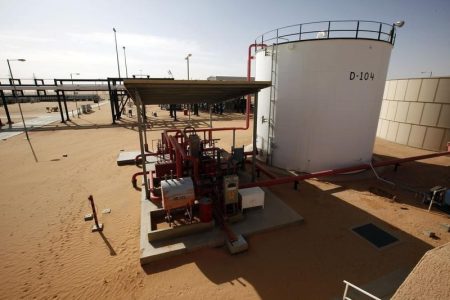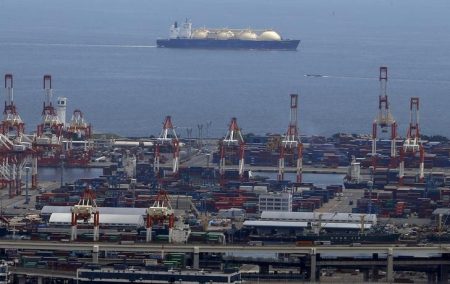By Gloria Dickie
Hurricanes spinning across the Atlantic Ocean are now more than twice as likely to strengthen from a weak Category 1 storm to a major Category 3 hurricane in just 24 hours, new research finds, with U.S. East Coast cities poised to take a critical hit.
Over the past 20 years, the likelihood of such a scenario unfolding in the Atlantic Basin was 8.12% compared with just 3.23% during the period from 1970 to 1990, the study in the journal Scientific Reports found.
Hurricanes are now also more likely to strengthen rapidly off the U.S. East Coast and in the Caribbean Sea, but slower to gain steam in the Gulf of Mexico.
“It’s become more common for storms to intensify near the U.S. East Coast,” said study author Andra Garner, a meteorologist at Rowan University in the United States. “Those areas do need to be thinking about how they prepare for the possibility of having storms strengthen especially quickly in their region.”
The study adds to a growing body of research which finds that climate change is making hurricanes wetter, windier, and altogether more intense across the world, reaping significant economic losses. Four of the five costliest Atlantic hurricanes have occurred since 2017.
The research, which analyzed wind speed changes over the lifespan of Atlantic hurricanes in a national database, notes the rapid intensification of these storms is likely due to warmer ocean temperatures.
Hurricanes fuel themselves on warm water in the upper ocean. In the last four decades, the ocean has absorbed about 90% of the warming caused by greenhouse gas emissions. In many parts of the world, sea surface temperatures are now unusually warm, allowing hurricanes to quickly intensify.
Read the full article here















